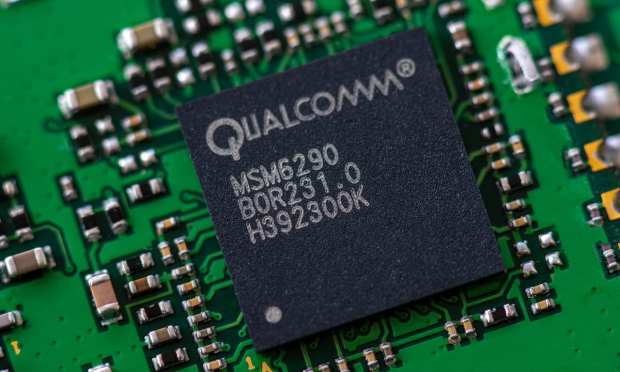Qualcomm: Demand for Wireless Technology Growing Across the Board

The growing applications and capabilities of wireless technology are driving growth across the board for Internet of Things (IoT), automotive, handset and RF front-end products.
In its quarterly earnings call Wednesday (July 27), Qualcomm reported that it had achieved strong year-over-year growth across all revenue streams and record revenues in its automotive and IoT segments.
“I’m very pleased with our performance in fiscal Q3 and how we continue to execute on our long-term vision of enabling a world where everyone and everything is intelligently connected,” Qualcomm President and CEO Cristiano R. Amon said during the call.
Transitioning to Next-Generation Vehicles
During the quarter that ended June 26, the company’s automotive segment revenue was up 38%. Qualcomm highlighted its design wins across global automakers and Tier-1 customers for Qualcomm’s Snapdragon Digital Chassis platform. This includes a design win with the Volkswagen Group’s software company, CARIAD, to power Volkswagen’s future automated driving solutions.
“In automotive, the Snapdragon Chassis is fast becoming the industry’s platform of choice and is enabling the transition to next-generation vehicles,” Amon said.
Qualcomm’s IoT revenue was up 31%. During the quarter, the company launched four new Wi-Fi 7 platforms, initiating an era of 10 Gbps Wi-Fi. It also announced two new 5G-connected Qualcomm Robotics platforms with enhanced artificial intelligence (AI) capabilities to power next-generation robotics and drones.
“For personal computing, we are continuing to drive the inevitable transition to ARM,” Amon said. “We are on track to deliver Windows on Snapdragon compute platforms for next-generation PCs powered by our custom CPUs while redefining mobile productivity and on-device AI.”
Building for the Intelligent Edge
Handset revenue was up 59%. The company reported that revenue growth in this segment is being driven by increased processor content per device and expansion of its addressable market.
RF front-end (RFFE) revenue was up 9%. The company said RFFE solutions are expanding beyond cellphones, with next-generation Wi-Fi and Bluetooth RF front-end modules allowing for superior wireless performance in automotive and IoT devices.
“None of our growth drivers have changed,” Amon said. “All the fundamentals of our strategy are in place. We’re really focused on things we can control, but our strategy is working. We are transforming Qualcomm from a company that was communication for the mobile industry into a connected processor company for the intelligent edge.”
Expanding Addressable Market 7X
In conjunction with the earnings call, Qualcomm also reported that it and Samsung have entered a new multiyear agreement starting in 2023 that will expand the use of Snapdragon platforms in Galaxy smartphones, PCs, tablets, extended reality (XR) and more.
Looking ahead, Amon said Qualcomm is mindful of the challenging economic environment and remains disciplined on investments and focused on customers and industries.
“We believe the industry trends that are driving demand for our technologies remain unchanged and continue to validate our strategy, positioning us well for the long term. We’re still on track to expand our addressable market by more than 7X to approximately $700 billion in the next decade.”